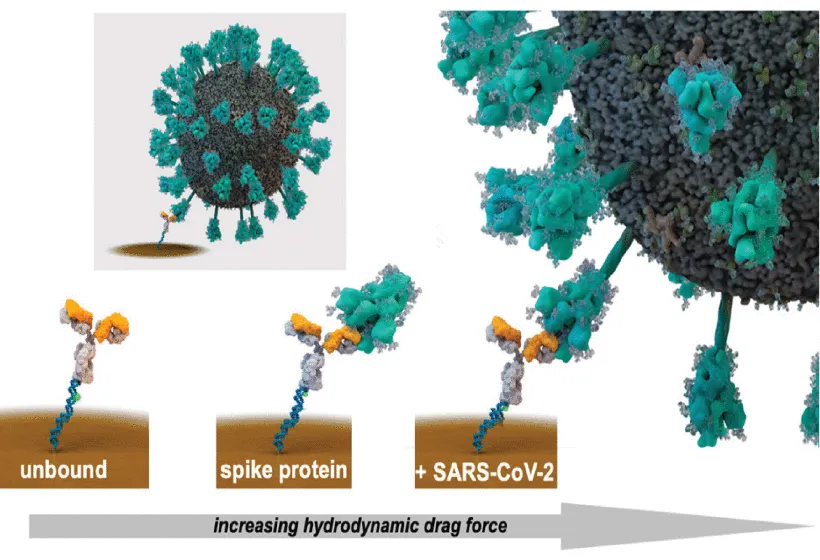Portable Tools for COVID-19 Point-of-Care Detection: A Review
Detecting SARS-CoV-2 infection is crucial to diagnose and prevent the spread of the disease. Among the various properties considered to judge and compare the performance of portable diagnostic tools for detecting SARS-CoV-2, selectivity and sensitivity are the two most important features. The portable testing devices are grouped into four categories based on the detected analyte: nucleic acid, antibody, antigen, and surrogate.
The nucleic acid-based tests are categorized into three groups. The first is a non-isothermal amplification-based approach that consists of tests like quantitative reverse transcription polymerase chain reaction (RT-qPCR). The second is an isothermal amplification-based approach consisting of tests like reverse transcription loop-mediated isothermal amplification (RT-LAMP), which can be integrated with technologies like semiconductor technology. The third is the clustered, regularly interspaced short palindromic repeats (CRISPR)-Cas system, which is rapid and portable with high sensitivity and specificity nucleic acid sensing.
The antibody-based test provides an alternative diagnostic technique for SARS-CoV-2 detection. One such technique is the enzyme-linked immunosorbent assay (ELISA) based on serological testing. It uses paper-based technology that acts as the substrate material for the diagnostic tools to give a fast, inexpensive and simple method for detection. The study was also done on a paper-based electrochemical device (ePAD) approach, which showed that ePAD has a higher sensitivity than the more conventional lateral flow immunoassay (LFA) approach.
The antigen-based test is used to detect SARS-CoV-2 in the early stages. A recent study developed a biosensor that explicitly uses lateral flow immunoassay (LFIA). This technique reports good sensitivity and specificity without being influenced by a protein from another virus.
The researchers also explored the detection of SARS-Cov-2 using a biosensor based on field effect transistors. The measurement set-up was expensive, giving low throughput and requiring a high antibody immobilization and concentration. However, these drawbacks can be countered using a membrane engineering approach. Still, the most critical issue with this approach is the viability of the cell and a lack of a proven cost-efficiency for routine mass-screening application.
The approaches based on nucleic acid, antigen, antibodies, and computerized tomography (CT), are relatively costly. Therefore, a new and promising method was developed that relied on gaseous molecules named volatile organic compounds (VOCs). These VOCs act as surrogate biomarkers that help in the detection of SARS-CoV-2. An additional RT-qPCR test is required to finalize the prediction of a positive case.
The AI-based application on lung detection images, including CT-scan, X-ray images, and ultrasound, can show pneumonia from suspected SARS-CoV-2. The AI-assisted CT screening also helps the technicians with less expertise in preparing reports and improves the accuracy of clinical diagnosis.
The detection of a low viral load, without amplification and non-invasively, still poses a significant challenge despite the various portable and low-cost approaches available. Electrochemical detection based on the antigen is a promising approach but tends to be expensive and has limited versatility. An alternative could be the replacement of the costly antibody with a biomimetic binding molecule. However, in the future, an approach based on an artificial intelligence algorithm in combination with a non-selective sensing array with increased computation power and accuracy will be the focus of further research and development.




